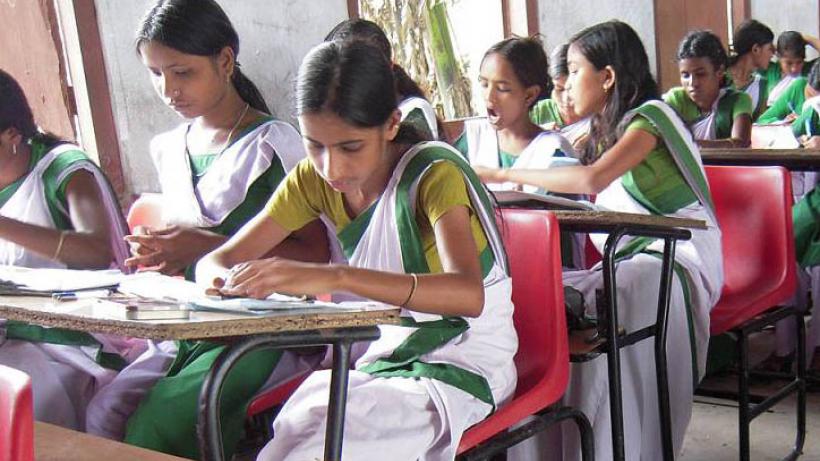Baby Chakraborty, KalimNews, Kolkata, January 7, 2025: A recent report by the central government paints a grim picture of the state of education in Bengal, highlighting alarming trends that differ sharply from the situation in other parts of India. The dropout rate in classes nine and ten has surged by more than 12 percent, showing a sharp increase in students leaving school in these crucial years. In comparison, states like Uttar Pradesh and Rajasthan have reported lower dropout rates, underlining the severity of the issue in Bengal.
The report also reveals that over 6,000 schools in the state are functioning with just one teacher, making it increasingly difficult to deliver quality education. In many cases, a single teacher is responsible for managing multiple grades and subjects, which compromises the learning experience for students. This situation has been exacerbated by the state’s ongoing struggle with regular teacher recruitment, leaving vacancies unfilled in schools, especially in rural areas, for years. As a result, students often lose interest in their education due to a lack of adequate guidance and support, contributing further to the rising dropout rates.
The situation is also dire for many schools, with over 1,500 institutions facing the threat of closure due to a lack of student enrollment, exacerbating the crisis. The report paints a stark picture of Bengal’s education system, where even basic infrastructure and resources are lacking.
Experts offer insights into the causes behind these worrying trends. According to their analysis, of every 100 students progressing from ninth to tenth grade, 12 drop out of the education system altogether. This leads to the pressing question: where do these students go? Experts suggest that many of these dropouts are being forced into child labor as they seek to contribute to their families’ incomes. Additionally, a number of students are migrating to other states in search of better opportunities.
The root cause of this rising dropout rate, according to experts, can be traced to several systemic issues within the education system. A significant factor is the absence of a pass-fail policy up to the eighth grade. This often leads to students progressing through the system without gaining sufficient knowledge or skills, making it harder for them to continue their education beyond a certain point. Moreover, the removal of the mid-day meal scheme for students in class nine has been cited as another contributing factor. The mid-day meal program, which has been crucial for keeping students engaged in school, has been discontinued for higher classes, making education less appealing for many students.
Another challenge faced by families is the rising cost of education. For many households, continuing education beyond class eight becomes a financial burden, as parents are required to spend considerable amounts on additional resources like books, uniforms, and tuition. This is pushing many students out of the education system in favor of earning money to support their families.
The report calls for urgent reforms to address these challenges, including measures to reduce dropout rates, improve school infrastructure, and provide better financial support for students and their families. Without these changes, experts warn that Bengal’s education system may continue to face a downward spiral, leaving many children deprived of the opportunities education can provide.

